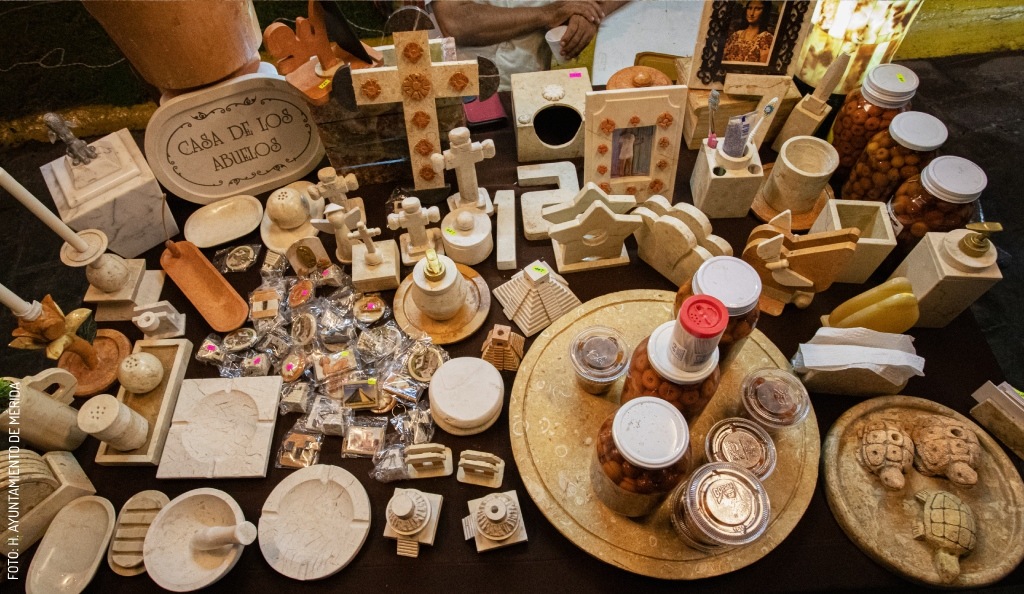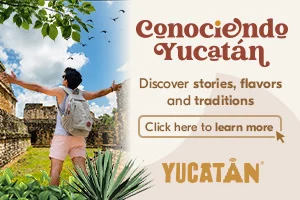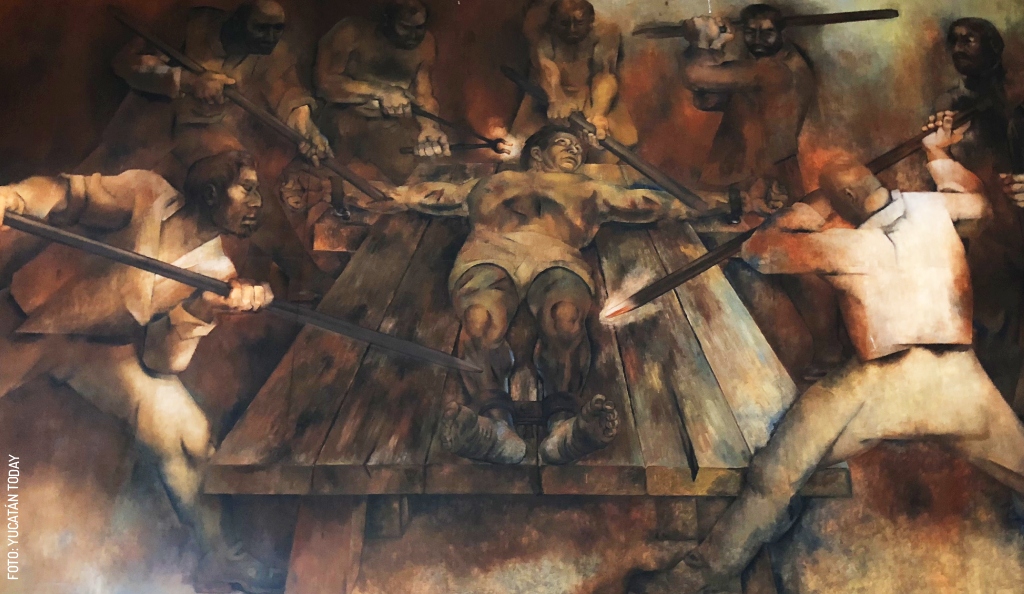
Jacinto Canek and the uprising of Cisteil
For the Maya, time is cyclical. Thinking of death as the worst of tragedies is nonsense in their culture because they know that the rebirth of their souls is always just around the corner. That's why, when Jacinto Canek (born Jacinto Uc de los Santos) proclaimed to be Moctezuma or Christ reincarnated, this made complete sense to the Maya. Jacinto Canek was the inevitable return of their eternal leader.
The origins of Jacinto Canek, or Jacinto Uc de los Santos
Born in San Francisco de Campeche in 1730, when the town was still part of Yucatán, Jacinto Canek is an important part of the history of resistance of the Maya people against the tyranny of body and thought imposed on them by the Spaniards. However, the Maya never stopped seeing their gods, even in Catholic symbols; rather, they combined them. Jacinto Canek is a perfect example. Although entirely of Maya origin, Canek was educated by Franciscan friars for a time; hence, it is not surprising that he himself called himself the steward of Jesus of Nazareth during his last trial because in his eyes, the Maya and Catholic visions were not contradictory, but complementary. However, for the Spanish crown, syncretism was never an option. One consequence was that Maya rebellions appeared every so often throughout the centuries of the conquest. The Cisteil (pronounced kiss-tay-eel ) rebellion, led by Jacinto Canek, is one of the most remembered.
The Cisteil Rebellion
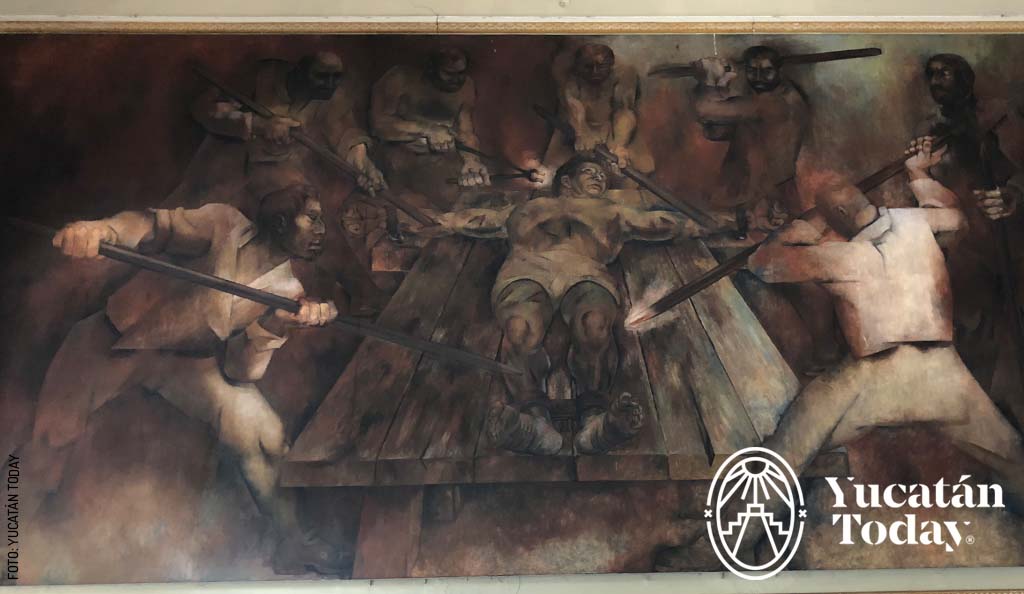 Cisteil is a Maya village currently located in the municipality of Yaxcabá, in Yucatán. This was the place of the events where the world saw that the Maya fervor was no small flame, susceptible to be blown off by any small wind; rather, it was a constantly fueled bonfire. With Jacinto Canek proclaiming himself king of the Maya in Cisteil on November 19, 1761, the prophecy of the return of the Maya paladin came true. Standing by the town church, after the service, Canek gave the war cry that incited the uprising of the indigenous people against the Spaniards.
Cisteil is a Maya village currently located in the municipality of Yaxcabá, in Yucatán. This was the place of the events where the world saw that the Maya fervor was no small flame, susceptible to be blown off by any small wind; rather, it was a constantly fueled bonfire. With Jacinto Canek proclaiming himself king of the Maya in Cisteil on November 19, 1761, the prophecy of the return of the Maya paladin came true. Standing by the town church, after the service, Canek gave the war cry that incited the uprising of the indigenous people against the Spaniards.
First clash
The unrest is said to have started when Canek had a confrontation with a Spanish merchant, who ended up being killed. This, of course, provoked Spanish indignation and activation. Captain Tiburcio Cosgaya, commander of Sotuta, and 20 more soldiers were sent to quell what they thought was a small-time rebellion. At the end of this confrontation, 16 Spaniards had lost their lives, including the captain. But this easy triumph meant, of course, that the Spaniards would better prepare themselves for the next encounter, outnumbering the Maya in both number and weaponry.
Second clash
Just days later, on November 26, two thousand men from the Spanish army arrived in Cisteil, armed to the teeth. Now the scenario looked very different for "Chichán Moctezuma," reincarnation of Kukulkan-Quetzalcoatl, and his followers, leaving a toll of 500 murdered Maya, well above the Spanish losses. After the massacre, Canek took refuge at the Huntulchac hacienda. However, relentlessly hunted, he was found and apprehended a few weeks later in Sivac along with several of his followers.
Jacinto Canek’s torture and death
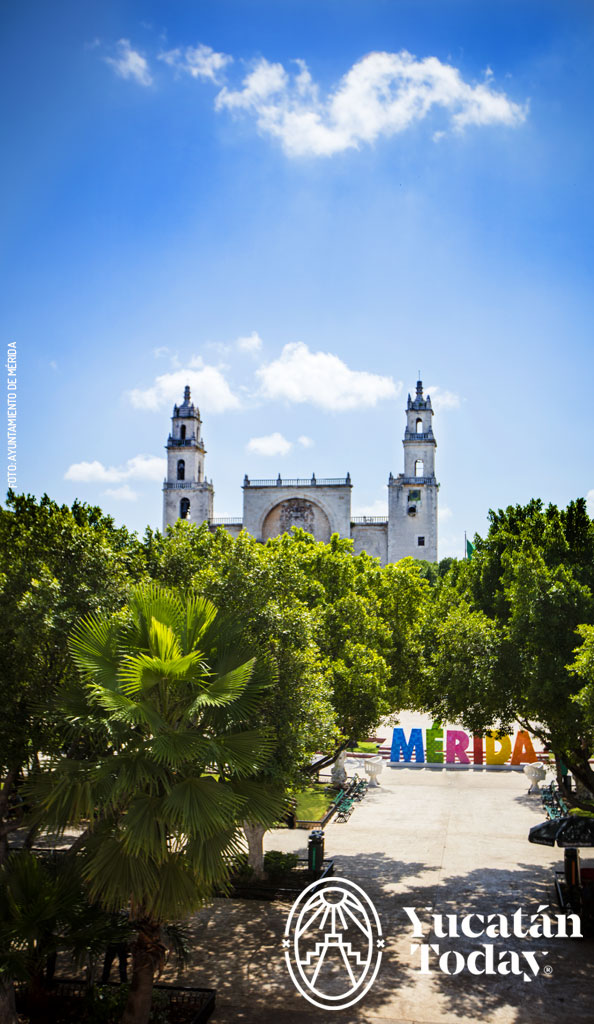 On December 14, 1761, at eight in the morning, Jacinto Canek was executed in front of Mérida’s Plaza Grande, the one we casually walk through today when we want to touch the heart of the Yucatecan capital. In the background, and sometimes unknowingly, our steps follow the pulsating rhythm of struggles that precede our very existences. In his book "Las lágrimas de los indios, la justicia de Dios" (The Tears of the Indians, the Justice of God), Mario Humberto Ruiz says: "Cruelty reaches its peak in the person of the [Maya] leader. On horseback, humiliatingly dressed and with a deerskin crown in mockery of his supposed royalty, Canek was made to enter Mérida to attend a quick trial where he was condemned to be 'broken alive'—'having his arms and legs broken with blows'—and his flesh torn with tongs. Once dead, and ‘having been exposed for three hours for everyone to see, his body will be burned, and his ashes will be given to the wind.' The 69 survivors of the battle were forced to witness the torture on the morning of December 14." This atrocious and bloodthirsty act was witnessed by the governor, captains, and elite Encomenderos (Spanish “protectors” of the Maya people in name, Maya slave owners in practice) of the province. It was evident that Canek's condemnation was not only intended to punish him and provide "justice," but was meant as a warning to the entire Maya people of what could happen to them if they dared to rise up in arms against the Spaniards again. Like fuel to the fire, Canek's death was only the beginning of what would be the next major armed movement against the Spaniards, decades later, in 1847: I'm talking about the Caste War. And so, the fire died down to a smoldering, but kept on burning.
On December 14, 1761, at eight in the morning, Jacinto Canek was executed in front of Mérida’s Plaza Grande, the one we casually walk through today when we want to touch the heart of the Yucatecan capital. In the background, and sometimes unknowingly, our steps follow the pulsating rhythm of struggles that precede our very existences. In his book "Las lágrimas de los indios, la justicia de Dios" (The Tears of the Indians, the Justice of God), Mario Humberto Ruiz says: "Cruelty reaches its peak in the person of the [Maya] leader. On horseback, humiliatingly dressed and with a deerskin crown in mockery of his supposed royalty, Canek was made to enter Mérida to attend a quick trial where he was condemned to be 'broken alive'—'having his arms and legs broken with blows'—and his flesh torn with tongs. Once dead, and ‘having been exposed for three hours for everyone to see, his body will be burned, and his ashes will be given to the wind.' The 69 survivors of the battle were forced to witness the torture on the morning of December 14." This atrocious and bloodthirsty act was witnessed by the governor, captains, and elite Encomenderos (Spanish “protectors” of the Maya people in name, Maya slave owners in practice) of the province. It was evident that Canek's condemnation was not only intended to punish him and provide "justice," but was meant as a warning to the entire Maya people of what could happen to them if they dared to rise up in arms against the Spaniards again. Like fuel to the fire, Canek's death was only the beginning of what would be the next major armed movement against the Spaniards, decades later, in 1847: I'm talking about the Caste War. And so, the fire died down to a smoldering, but kept on burning.
Canek promised his people eternal life; he said that Spanish bullets would not kill them, and that they would only die if they screamed. It is curious to know that Estanislao del Puerto, the war captain in charge of the forces that brought down Jacinto Canek, said in the trial that, although hundreds of Maya died during the confrontation, not one made a single sound when they fell…
Sources:
https://www.memoriapoliticademexico.org
La rebelión de Jacinto Canek (SEDECULTA)
https://memoricamexico.gob.mx
“Canek” by Ermilo Abreu Gómez.
“Las lágrimas de los indios, la justicia de Dios” by Mario Humberto Ruiz.
Photography by Ayuntamiento de Mérida, Olivia Camarena y Yucatán Today use in Yucatán Today.
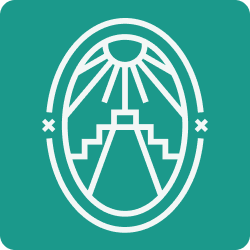
Author: Pamela Fernández
Storyteller and creator 24/7 in my head, sometimes through multidisciplinary platforms with which I share the passion for literature, imagination, and emotions.
Receive the latest articles and much more from the best of Yucatán in your email!
Related articles
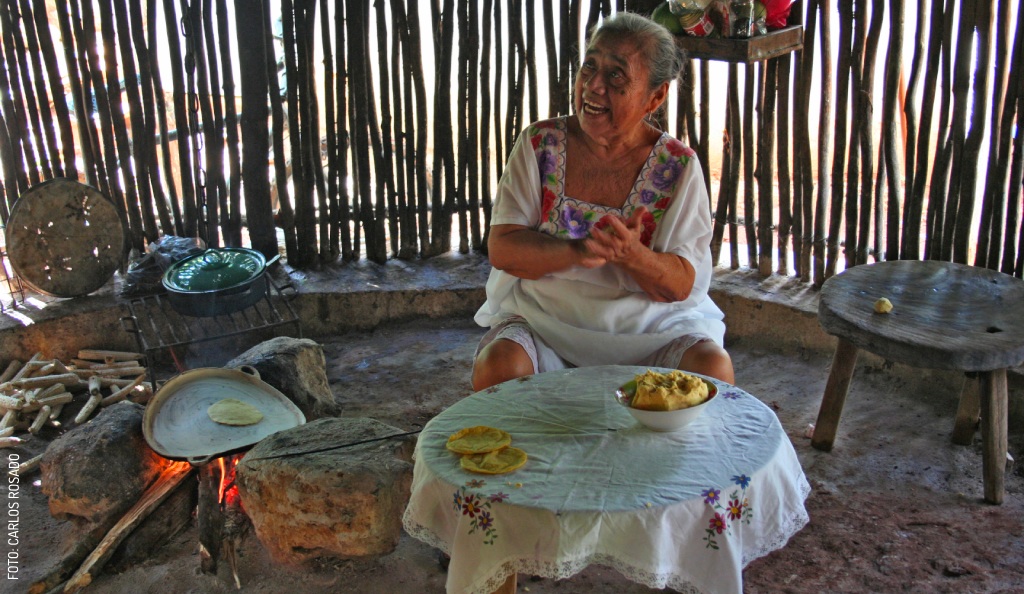
True to the Essence: The Maya Kitchen and Its Cultural Significance
Explore the Maya kitchen, and discover the fusion of ancient flavors, traditions, and the challenges in preserving this so important cultural legacy.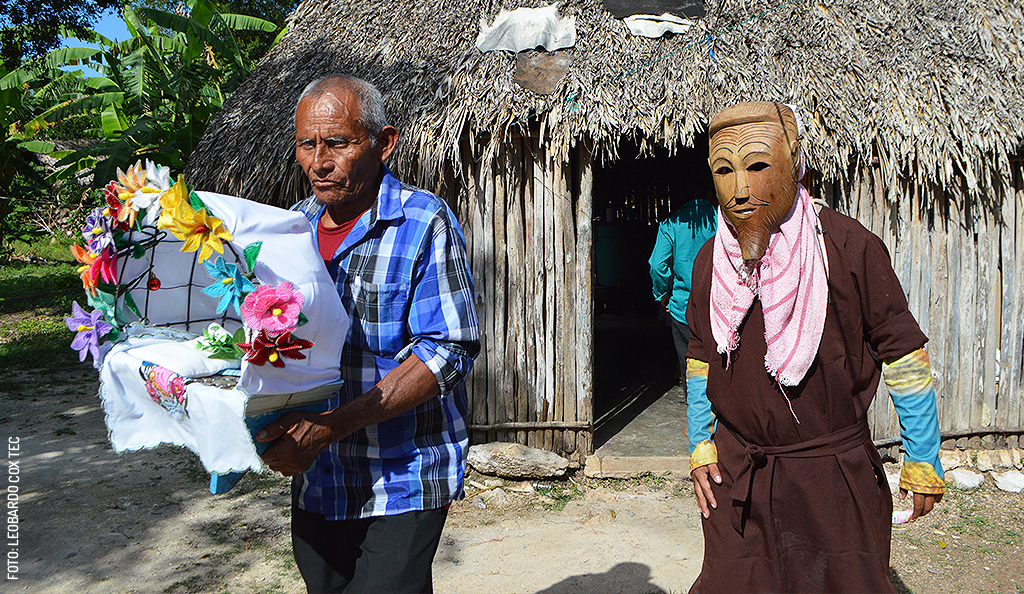
The Dance of the Elders (Danza de Señores): Satire and Faith in...
Dance of the Lords in Chikindzonot: Maya tradition and hidden satire. Celebrate the start of the year with dance, the Devil, and the ritual offering...